It’s 2021, and Web Development is a booming industry today. Every brand, company, business, or place needs to have a great website to be present digitally in today’s world. Developers are creating top-notch websites for their clients, and every brand and company wants their website to look and feel the best. They require a responsive, user-friendly website for their audience so that their visitors don’t face any inconvenience while browsing their website. There are multiple ways to develop an excellent responsive website, and there are also numerous tools that make the development quick and easy. A CSS framework is one of such tools which not only make the development process more manageable and streamlined but also look the best.
Here are the Top 5 CSS Frameworks that you can use to design your websites:
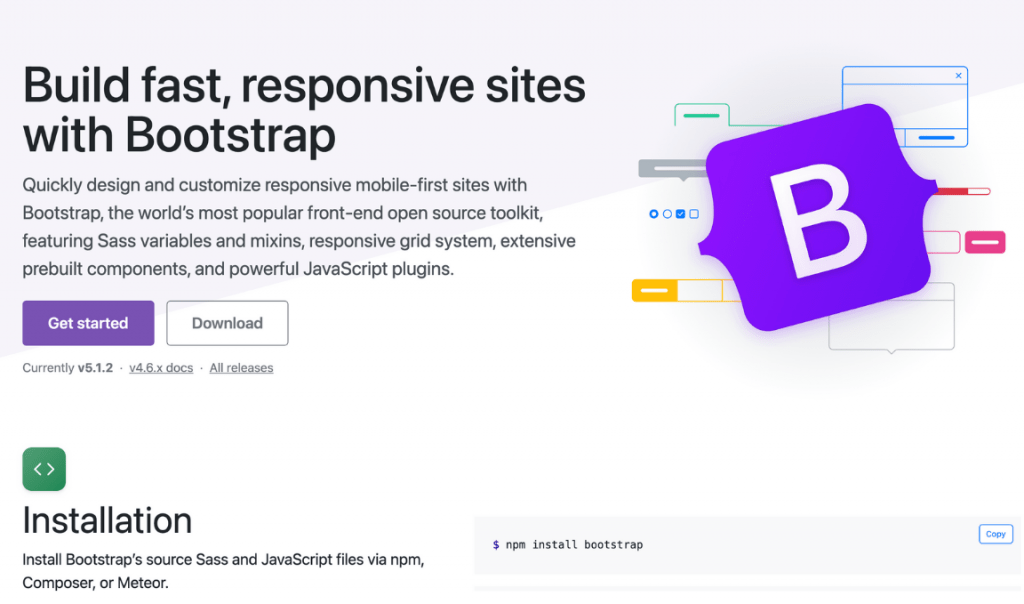
1. Bootstrap
No one can think of writing something about CSS frameworks that wouldn’t include Bootstrap. The framework was introduced by Twitter in mid – 2010 and was initially released in August 2011. Before becoming an open-sourced CSS framework, Bootstrap was a Twitter Blueprint.
Bootstrap is a free and open-source CSS framework that helps you design websites easier and faster. Bootstrap is mainly directed at dynamic, responsive, mobile-first front-end web development. It features CSS and JavaScript-based design templates for user-interface components like typography, forms, buttons, tables, navigation image carousels, etc.
Bootstrap is a robust front-end framework to create modern websites and web apps. It also supports JavaScript extensions.
Benefits:
- Most Popular Front-end Framework
- Fully-featured
- Customizable
- Large community support
Drawbacks:
- Hard to override
- Relies on jQuery
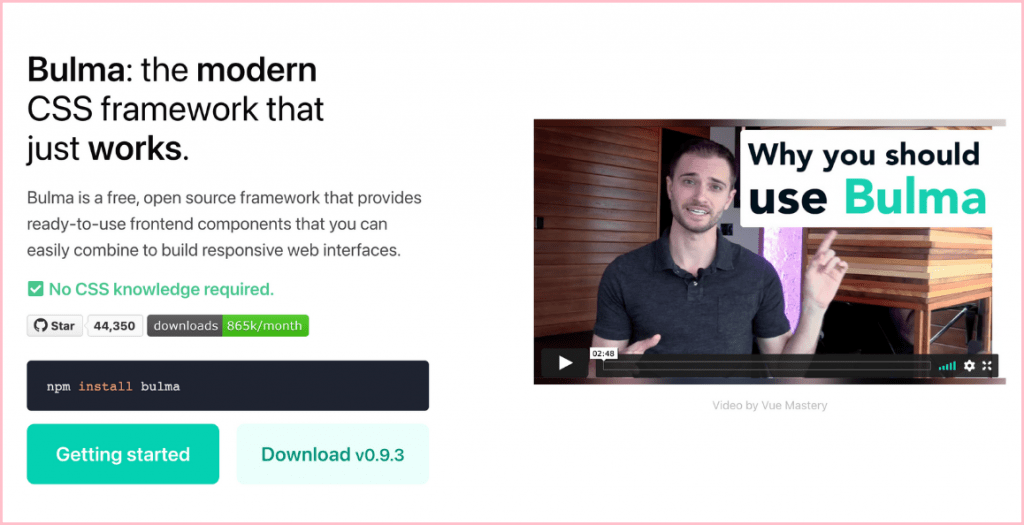
2. Bulma
Bulma is a free, open-source front-end CSS framework that provides ready-to-use front-end components that you can easily combine to build modern, responsive web interfaces. Bulma is based on Flexbox, a CSS3 web layout model used by over 200,000 developers around the globe. The box model makes UI design components and patterns easier by excluding things like CSS floats and percentages.
Benefits:
- Based on Flexbox
- Lightweight
- Simple syntax
- Highly customizable
Drawbacks:
- Still, in the development phase, more stable releases are yet to come.
- Relatively new and small community.

3. Foundation
Foundation is a front-end framework that integrates classic web design languages with other tools to provide a responsive design. Foundation comes up with a responsive grid, HTML, CSS UI components, templates, and code snippets, including typography, forms, buttons, and other user interface elements and optional functionality provided by JavaScript extensions.
Foundation was developed and is maintained by ZURB, a company that works with design and data and is behind many JavaScript and CSS projects. Foundation is not mainly a CSS framework, but it has a lot of other variations as well, and Foundation for Sites is a core framework for developing web pages.
Benefits:
- Featured packed
- Generic style
- Animations
Drawbacks:
- Hard to learn for beginners
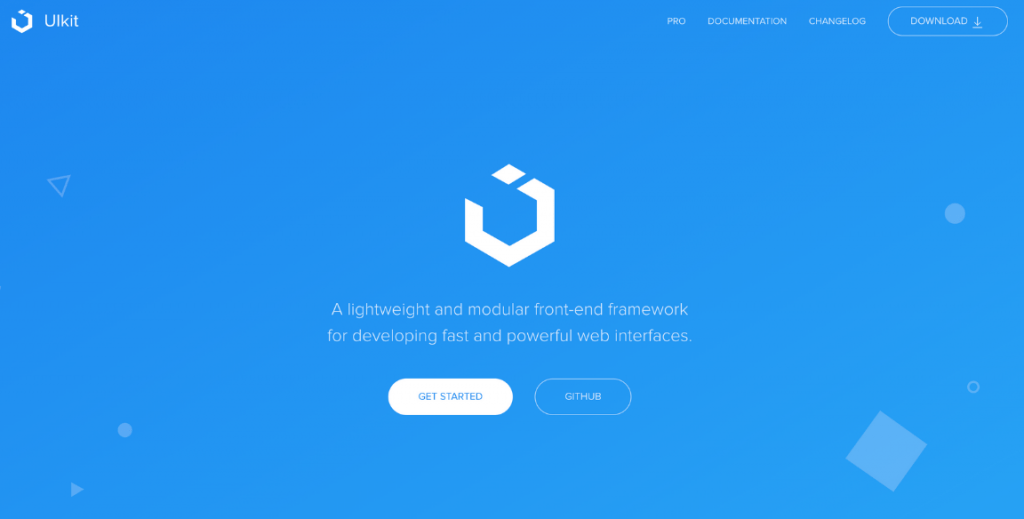
4. UI Kit
UI Kit is a modular and lightweight frontend CSS framework for developing fast and potent web user interfaces. It is easy to use and allows you to import only the features that you need for your website. UI Kit provides you with a comprehensive set of HTML, CSS, and JavaScript components. It features themes that are easy to customize and can help you create your own look for the website.
UI Kit is an open-source project developed by YOOThemes. They created this framework using their experience in creating WordPress themes.
UI Kit has more than 17K stars on GitHub and developers mostly choose it because of its clear-cut design and straightforward API.
Some of its key features:
- LESS and SASS
UI Kit is developed in LESS and SASS, which are extended versions of CSS, to write well-structured and extendable code that is easy to maintain.
- Components
It’s a collection of small and responsive components using consistent and conflict-free naming conventions.
- Customizer
UI Kit has a fundamental style that can be extended using themes to customize and create your own look.
- Responsive
UI Kit uses the mobile-first approach to provide a consistent experience on desktops, phones, tablets, etc.
Benefits:
- Plenty of Components
- UI-based Customization
- Extensible
Drawbacks:
- Smaller Community
- Complex for smaller projects
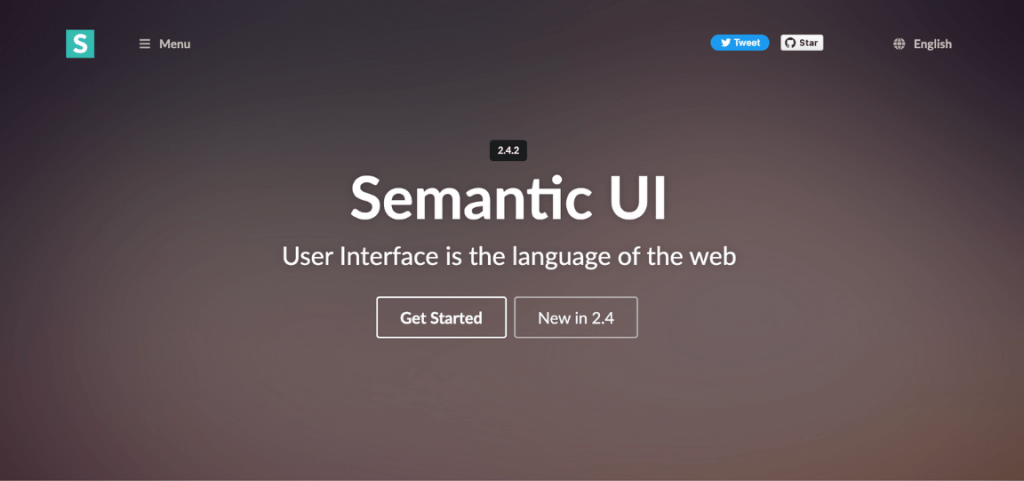
5. Semantic UI
Semantic UI is yet another excellent CSS framework used for the front-end development of websites, developed by Jack Lukic in 2013. It features prebuilt semantic components that are very helpful in creating a pleasant, aesthetic, responsive interface using clear and friendly HTML syntax. Semantic UI is developed using Natural Language Processing (NLP) principles, and it’s powered by jQuery and LESS, due to which it provides a sleek and subtle look of the layout. It is also the reason behind Semantic UI providing a lightweight user experience.
There are 118 big companies reportedly using Semantic UI in their technology stacks, including Snapchat, Kmong, Accenture, etc.
Benefits:
- Modern front-end development framework powered by jQuery and LESS
- High Level of Customization
- Easy to start and understand due to its Semantic Nature.
- Incredible prebuilt designs and modern templates
Drawbacks:
- JavaScript-dependent features. (one must be familiar with JavaScript to resolve any issues).
- Using too many components can increase the size of the project, and compatibility issues might occur.
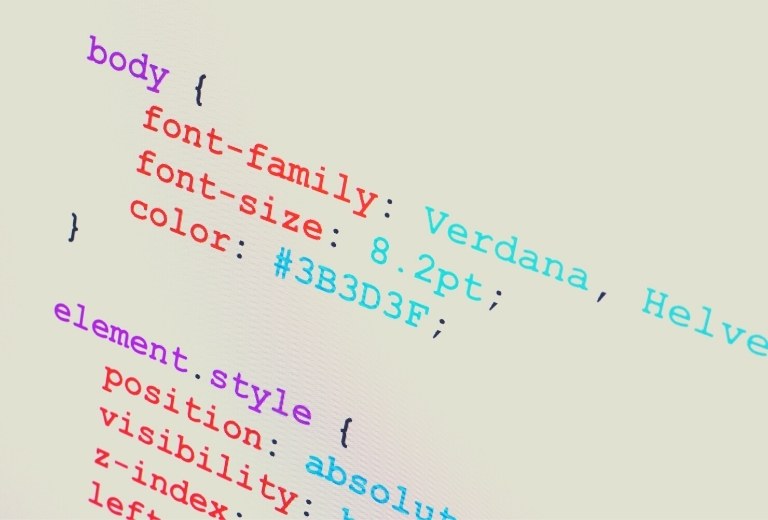
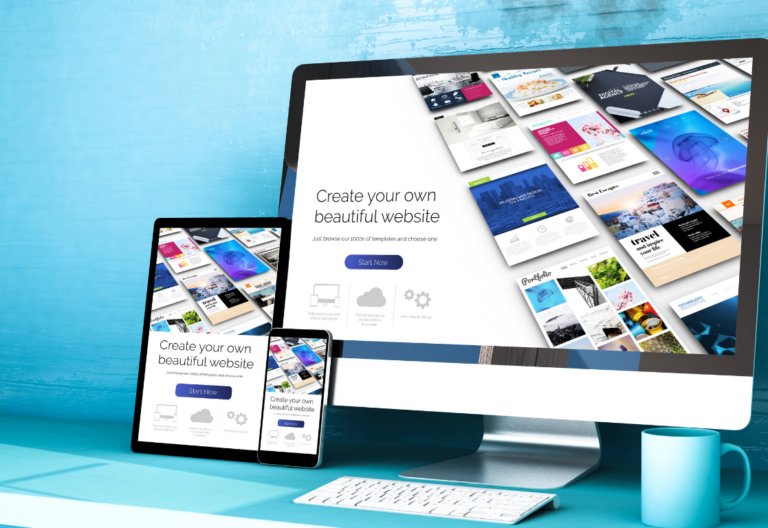


Leave a Reply